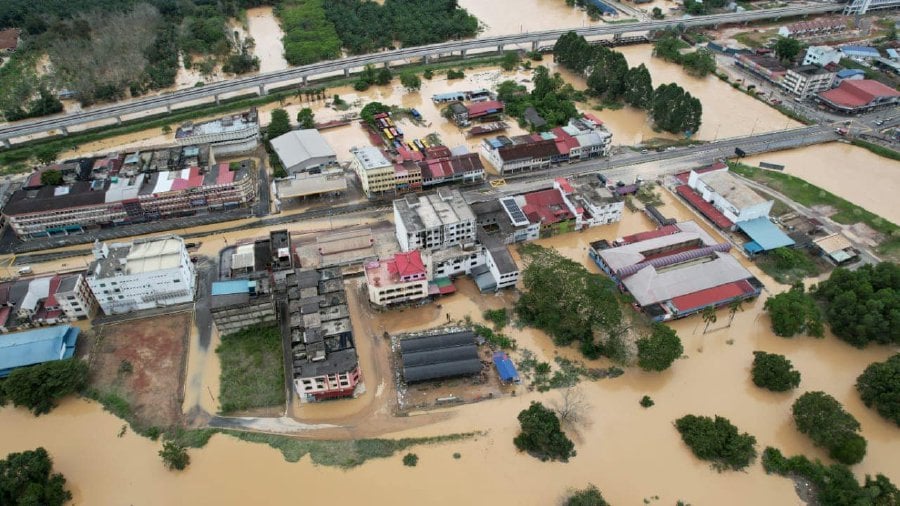
The recent flood in many states has done more damage to people, especially when Ramadhan and Eid are approaching soon. Even though many would say the flood is a natural disaster, there should be ways to contain the water to reduce flood damage and save lives. In this case, in the preparation to mitigate the disaster crisis, communication should be more noticed in the effort to avert floods. Without effective communication, especially crisis communication, the effects of not having mitigation measures before a flood can be devastating. Some of the possible consequences:
Loss of life: Floods can be deadly, and mitigation measures are necessary for people to have time to evacuate or prepare adequately. As a result, lives can be lost, particularly in areas with a high risk of flash floods. Damage to infrastructure: Floods can cause significant damage to infrastructure, including roads, bridges, buildings, and utilities. With mitigation measures, repairs can be affordable and convenient, causing disruptions to daily life and the economy.
Economic impact: Floods can also have a significant economic impact, particularly in areas that rely on agriculture, tourism, or other industries vulnerable to flood damage. Floods can damage crops, businesses, and property, leading to lost income, reduced productivity, and increased costs.
Environmental damage: Floods can cause environmental damage, including erosion, sedimentation, and contamination of water sources. Without mitigation measures, the long-term effects on the environment can be severe, including loss of biodiversity and habitat destruction.
Psychological impact: Floods can cause significant psychological distress, particularly for those who experience property damage, loss of belongings, or displacement from their homes. Without mitigation measures, the emotional toll on individuals and communities can be significant and long-lasting.
On the other hand, crisis communication can help to educate people about the causes and consequences of floods, including how to recognise early warning signs and what to do in floods.
Effective communication is critical in the mitigation process of the flood as it plays a vital role in preparing people and reducing the impact of floods. Here are some reasons why communication is essential:
Raising awareness: Communication can help to raise awareness about the risks and hazards associated with floods. This can include providing information about the causes of floods, the potential damage they can cause, and what people can do to prepare.
Early warning: Communication is necessary to provide early warning of an impending flood. This can include issuing alerts and advisories, guiding evacuation procedures, and identifying safe areas.
Coordination: Effective communication is essential in coordinating the efforts of different stakeholders involved in flood mitigation. This includes emergency responders, government agencies, and local communities.
Public education: Communication can help to educate people about the measures they can take to prevent flooding or reduce its impact. This includes providing information on how to create flood-resistant structures and what to do in case of a flood.
Recovery efforts: Communication is crucial in the recovery efforts following a flood. This includes providing information on accessing resources, such as food, shelter, and healthcare, and navigating the insurance and disaster relief processes.
In conclusion, communication is critical in the mitigation process of the flood as it helps to raise awareness, provide early warning, coordinate efforts, educate the public, and aid in recovery efforts. Effective communication can save lives, reduce damage, and help communities to recover more quickly from a flood.

Associate Professor Dr. Siti Noor Fazelah Mohd Noor
Head
Centre for Communication Science Research
Universiti Tun Hussein Onn Malaysia (UTHM)









